- With standard equipment
- With safety pack
Find more information in the General Comments section of the assessment
Find more information in the Rating Validity tab of the assessment
- See More
- See More
- See More
- See More
- Good
- Adequate
- Marginal
- Weak
- Poor
 Rear Seat
Rear Seat
 Front Seat
Front Seat
- Good
- Adequate
- Marginal
- Weak
- Poor


Passenger
outboard
center
Fitted to the vehicle as standard
Not fitted to the test vehicle but available as option
Not Available
-
i-Size CRS
-
ISOFIX CRS
-
Universal Belted CRS
Easy
Difficult
Safety critical
Not allowed
| Seat Position | ||||
|---|---|---|---|---|
| Front | 2nd row | |||
| Passenger | Left | center | Right | |
| Maxi Cosi 2way Pearl & 2wayFix (i-Size) | ||||
| Maxi Cosi 2way Pearl & 2wayFix (i-Size) | ||||
| BeSafe iZi Kid X2 i-Size (i-Size) | ||||
| Britax Römer TriFix2 i-Size (i-Size) | ||||
| BeSafe iZi Flex FIX i-Size (i-Size) | ||||
| BeSafe iZi Combi X4 ISOfix (ISOFIX) | ||||
| Cybex Solution Z i-Fix (ISOFIX) | ||||
| Maxi Cosi Cabriofix (Belt) | ||||
| Maxi Cosi Cabriofix & EasyFix (Belt) | ||||
| Britax Römer King II LS (Belt) | ||||
| Cybex Solution Z i-Fix (Belt) | ||||
Easy
Difficult
Safety critical
Not allowed
In the frontal offset test, the Outback provided good protection to all critical body regions of both the 6 and 10 year dummies. However, in the side barrier test, protection of the chest of the 10-year dummy was rated as poor, based on high decelerations recorded during the impact, although all other body regions were well protected. The Outback is equipped with an automatic passenger airbag disabling system. Sensors detect whether a person is sitting in the seat, and leave the airbag enabled, or a CRS is fitted, in which the airbag is disabled. The system was shown to work robustly and was rewarded. All of the restraint types for which the Outback is designed could be properly installed and accommodated in the car.
- Good
- Adequate
- Marginal
- Weak
- Poor

Head Impact 18.7 Pts
Pelvis Impact 6.0 Pts
Leg Impact 6.0 Pts
| System Name | EyeSight | ||
| Type | Auto-Brake with Forward Collision Warning | ||
| Operational From | 1 km/h | ||
| PERFORMANCE | | |||
-
Cyclist from nearside, obstructed view
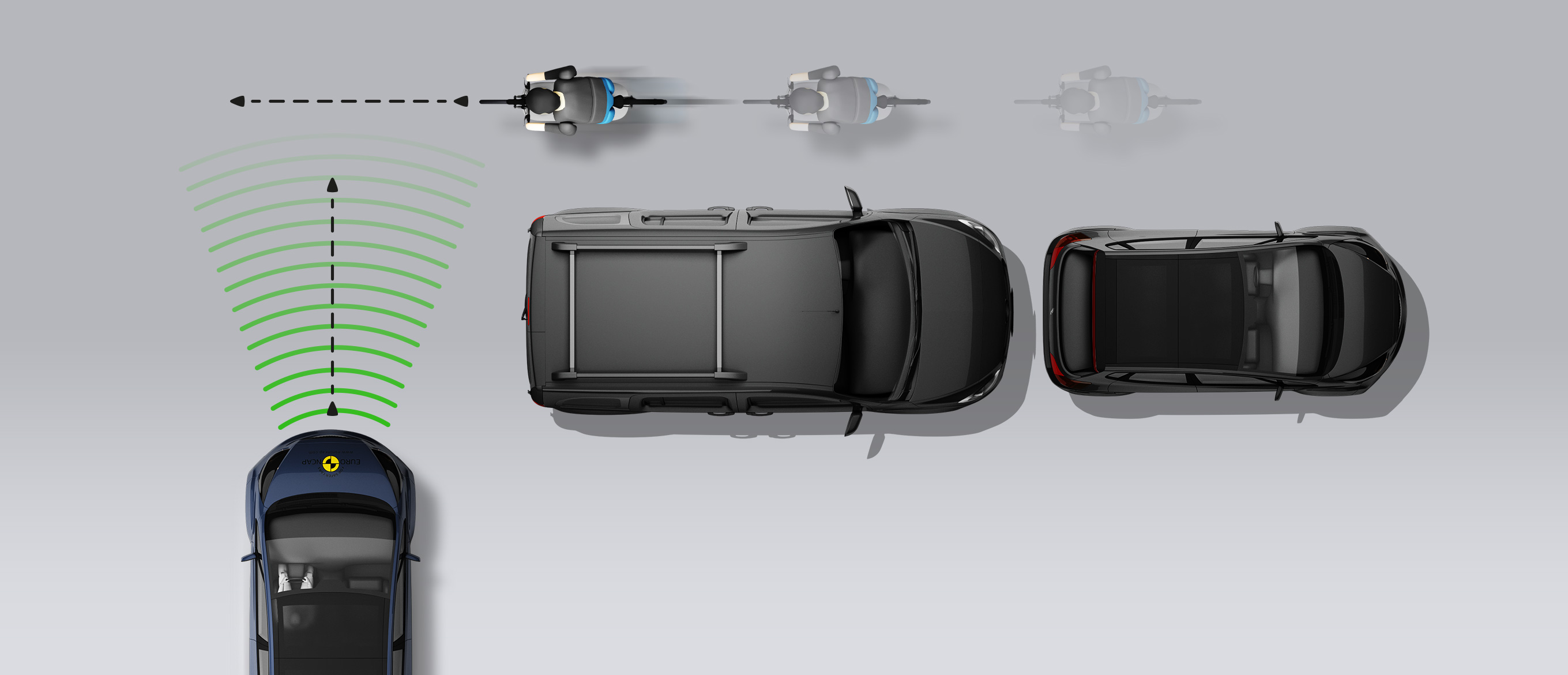
-
Approaching a crossing cyclist
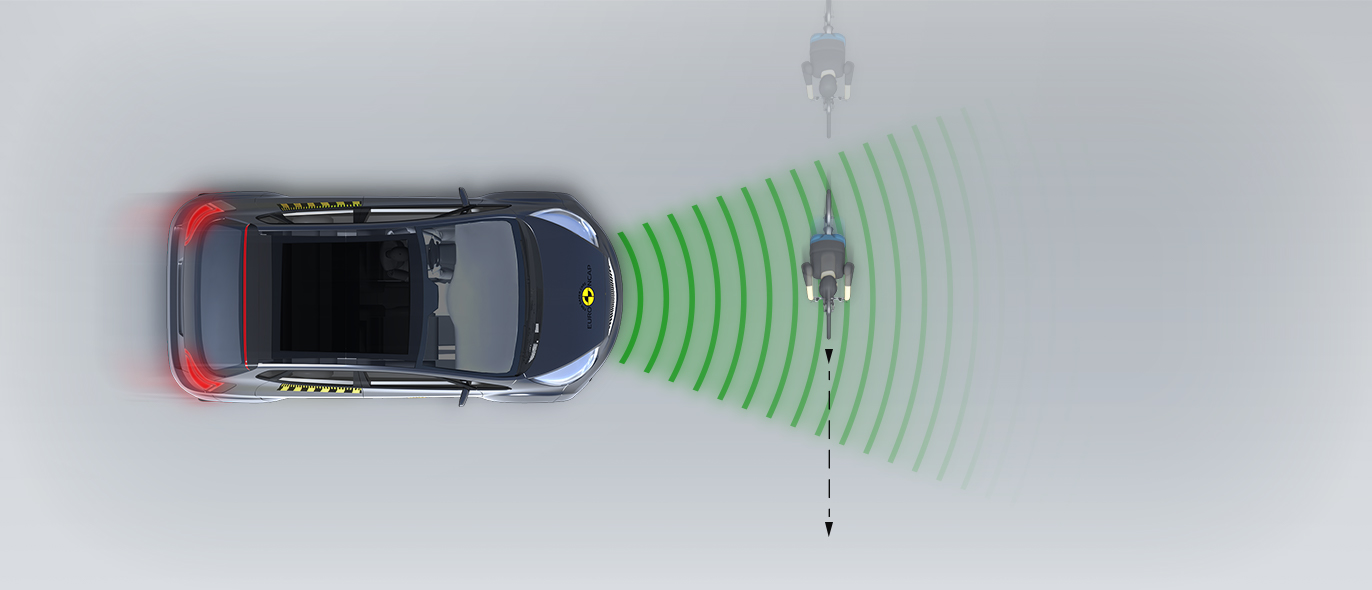
-
Cyclist along the roadside

The bonnet provided predominantly good protection to the head of a struck pedestrian, with areas of poor protection recorded only on the stiff windscreen pillars. The bumper offered good protection at all test locations to a pedestrians' legs and protection of the pelvis was also good across the width of the car. The Outback has an autonomous emergency braking (AEB) system which can detect vulnerable road users such as pedestrians and cyclists, as well as other vehicles. In Euro NCAP's tests, the system worked very well, with collisions avoided in most test scenarios. However, the system to avoid reversing collisions with pedestrians did not perform well, and was rated as poor.
- Good
- Adequate
- Marginal
- Weak
- Poor
| System Name | EyeSight |
| Speed Limit Information Function | Camera based, subsigns supported |
| Speed Control Function | System advised (accurate to 5km/h) |
| Applies To | Front and rear seats | ||
| Warning | Driver Seat | Front Passenger(s) | Rear Passenger(s) |
| Visual | |||
| Audible | |||
| Occupant Detection | |||
|
|||
| System Name | Driver Monitoring System (DMS) |
| Type | Direct eye monitoring and steering inputs |
| Operational From | 10 km/h |
| System Name | EyeSight |
| Type | LKA and ELK |
| Operational From | 50 km/h |
| Performance | |
| Emergency Lane Keeping | |
| Lane Keep Assist | |
| Human Machine Interface | |
| System Name | EyeSight | |||
| Type | Autonomous emergency braking and forward collision warning | |||
| Operational From | 1 km/h | |||
| Sensor Used | Camera | |||
The 2021 Outback has a seatbelt reminder system, including occupant detection in all seating positions, as standard. It is also equipped with a system which monitors the driver's state of alertness, directly, by assessing eye movement, and indirectly, from steering inputs which can provide indications of fatigued or impaired driving. A camera-based lane support system gently corrects the car's path if it is veering out of lane, and also intervenes in some more critical situations. The same camera is used for the speed assistance system, which recognises the local speed limits, allowing the driver to set the limiter appropriately. The AEB system worked well in Euro NCAP's tests, with collisions with other vehicles avoided in most test scenarios.
- Specifications
- Safety Equipment
- Videos
- Rating Validity
Specifications
Tested Model Subaru Outback 2.5i-L EyeSight 4x4, LHD
Body Type - 5 door estate
Year Of Publication 2021
Kerb Weight 1649kg
VIN From Which Rating Applies - all Outbacks
Class Large Family Car
Safety Equipment
Note: Other equipment may be available on the vehicle but was not considered in the test year.
Fitted to the vehicle as standard
Fitted to the vehicle as part of the safety pack
Not fitted to the test vehicle but available as option or as part of the safety pack
Not available
Not applicable
Videos
Rating Validity
Variants of Model Range
| Body Type | Engine | Model Name/Code | Drivetrain | Rating Applies | |
|---|---|---|---|---|---|
| LHD | RHD | ||||
| 5 door estate | 2.5 petrol | 2.5i-L EyeSight* | 4 x 4 |  |
 |
| 5 door estate | 2.5 petrol | 2.5i-F EyeSight | 4 x 4 |  |
 |
| 5 door estate | 2.5 petrol | 2.5i-T EyeSight | 4 x 4 |  |
 |
* Tested variant




Find more information in the General Comments section of the assessment
 Share
Share
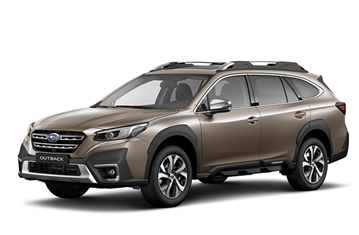

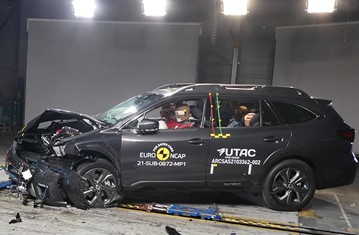
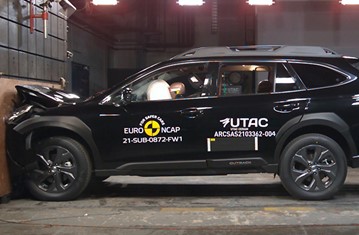

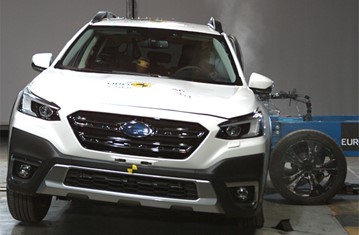
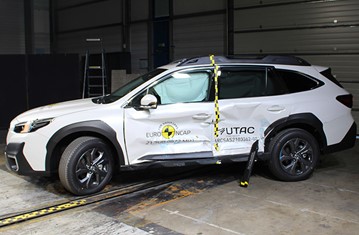










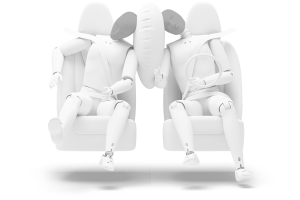
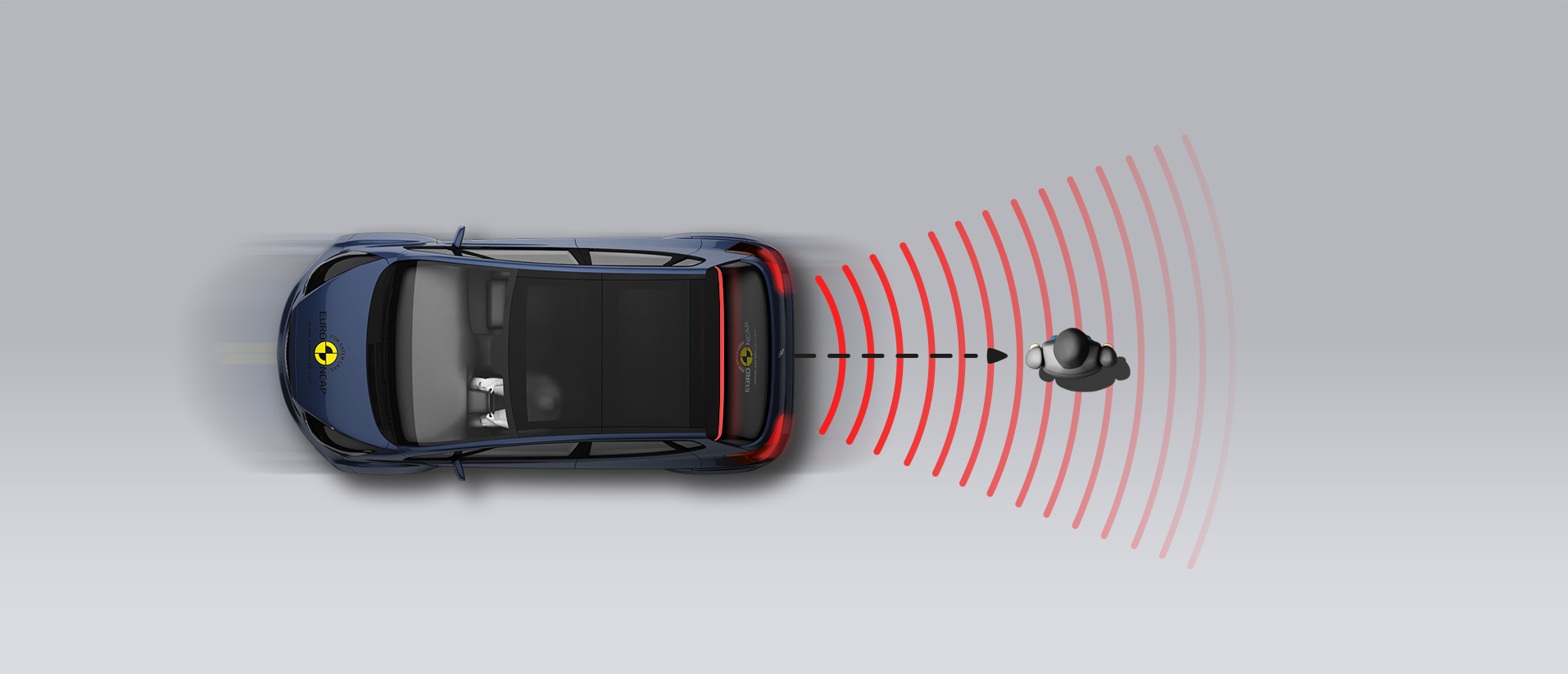
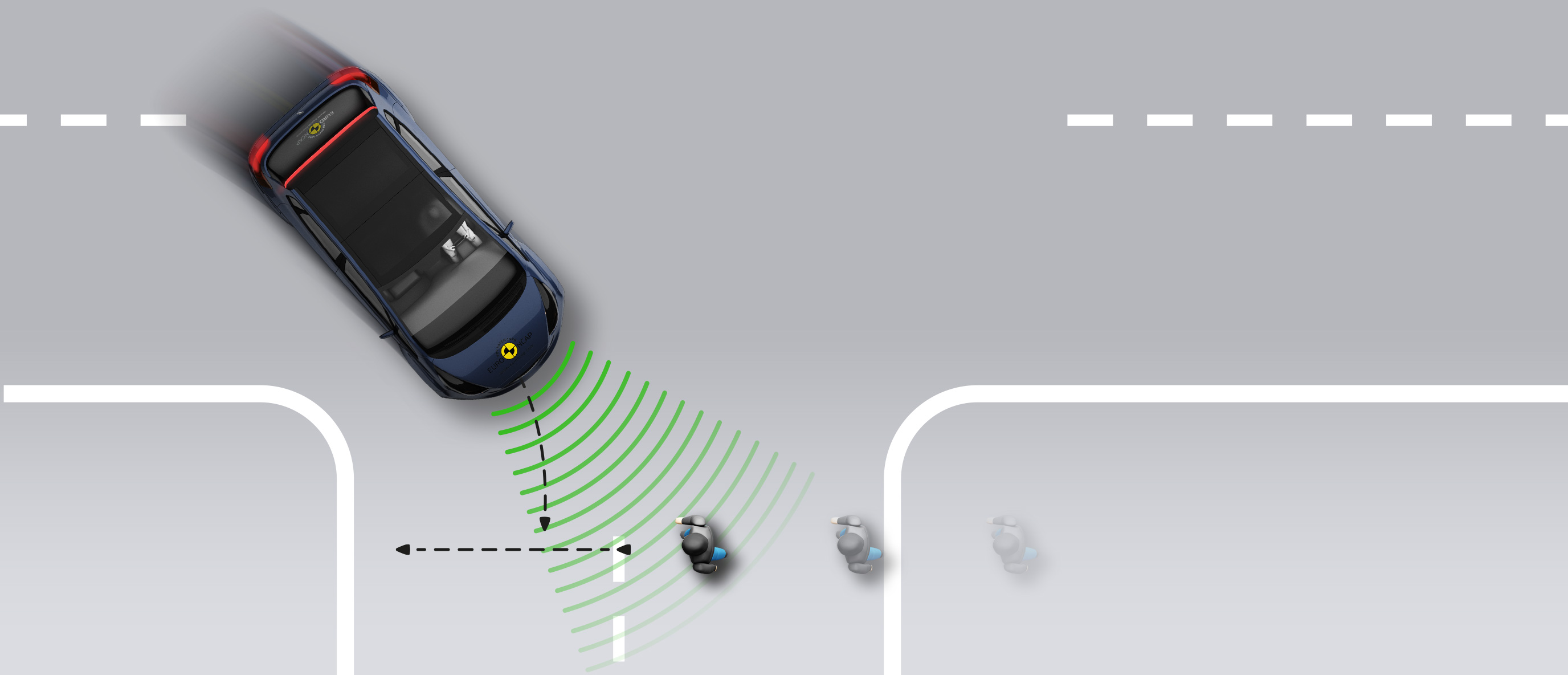

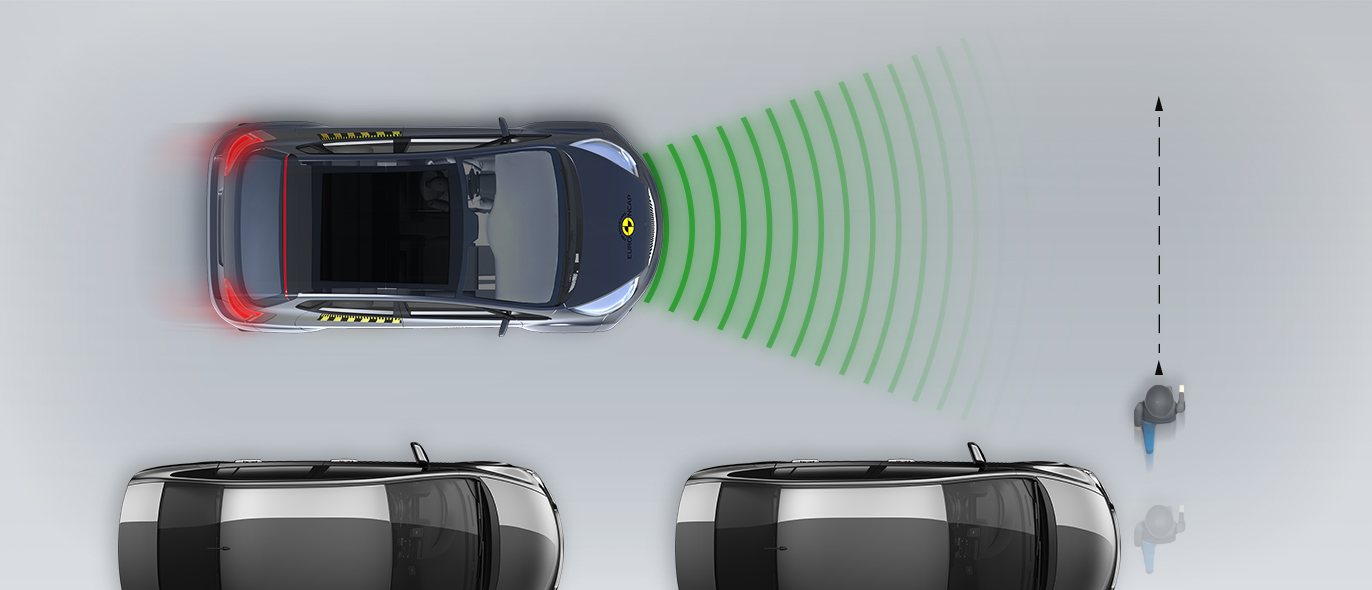



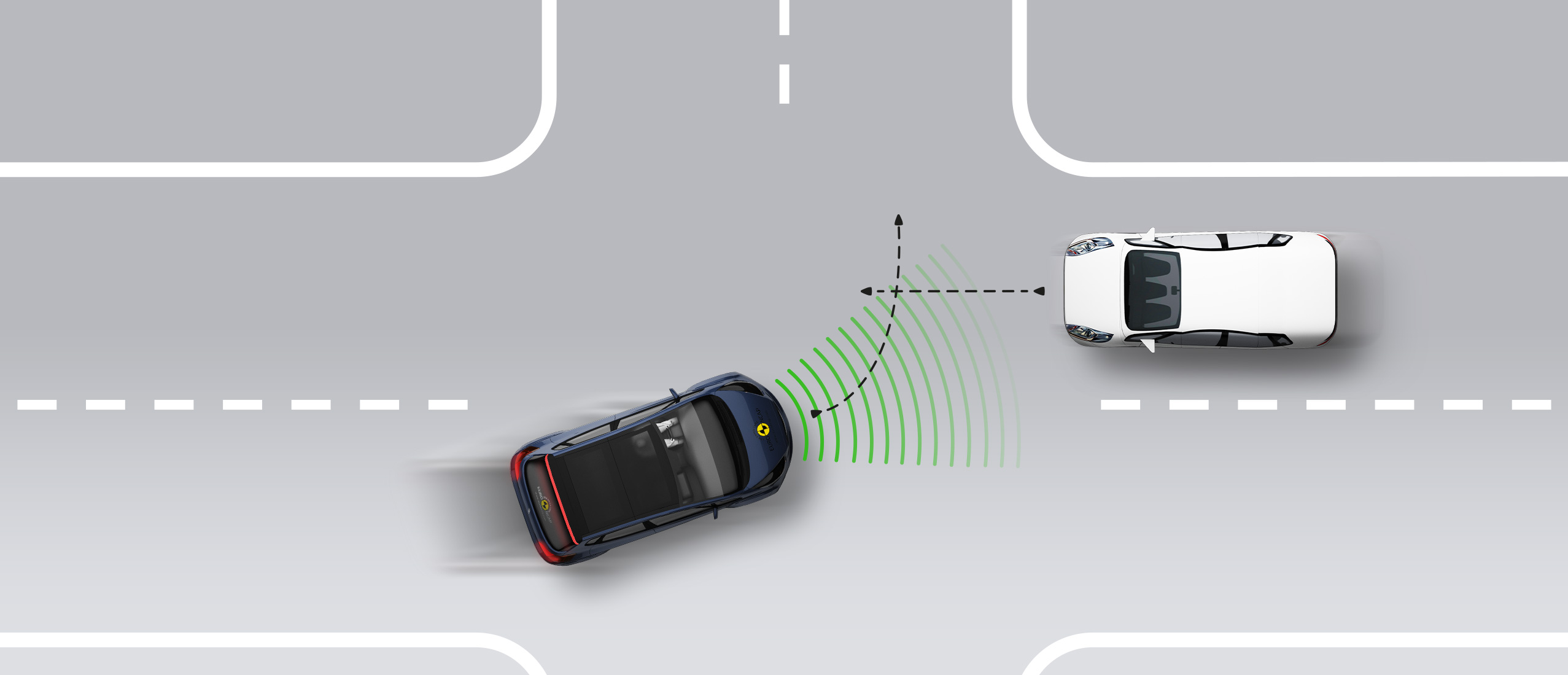








The passenger compartment of the Outback remained stable in the frontal offset test. Dummy numbers showed good protection of the knees and femurs of both the driver and passenger. Subaru showed that a similar level of protection would be provided to occupants of different sizes and to those sitting in different positions. Dummy readings of the driver's chest compression indicated marginal protection for this body area. Analysis of the deceleration of the impact trolley during the test, and analysis of the deformable barrier after the test, revealed that the Outback would be a moderately benign impact partner in a frontal collision. Apart from the rear passenger's chest, protection of which was marginal, all critical body regions of both occupants were well protected. In the side barrier test, protection of all critical body areas was good and the car scored maximum points in this part of the assessment. In the more severe side pole impact, protection of all critical body areas was good and the car scored maximum points. The Outback is not equipped with a far-side counter-measure such as a centre airbag. Tests showed excursion (the extent to which an occupant is thrown to the other side of the car in a side impact) was adequately controlled. Tests on the front seats and head restraints demonstrated good protection against whiplash injuries in the event of a rear-end collision. A geometric analysis of the rear seats also indicated good whiplash protection. The Outback has a post-collision braking system, designed to prevent secondary impacts, and an advanced eCall which automatically alerts the emergency services in the event of a serious accident.